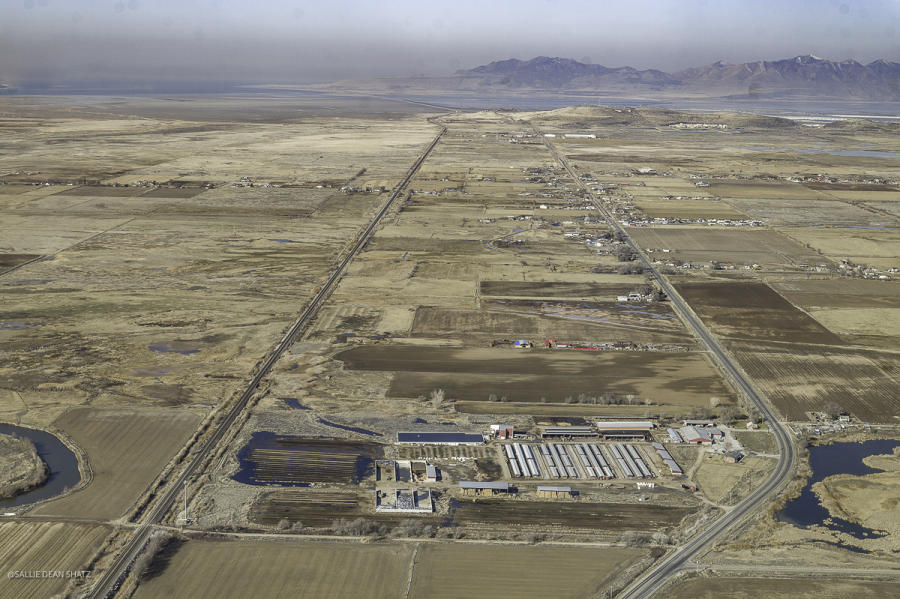Site of One of the Proposed Inland Ports.
Always the question of growth vs. preservation. The population of the Wasatch Front is expected to double by 2050 without the water to sustain the growth. One estimate suggested if everyone Utahan cut their water consumption in half, it would save the lake.
Wetlands, that migrating birds and the ecosystem rely on are already stressed from the lake drying from one side and increasing human encroachments from the other side. There are two proposed inland ports on the wetlands on the edges of the Great Salt Lake. One, outside Salt Lake City is proposed to be 16,000 acres. The other, north of Salt Lake City is proposed to be 9000 acres. These ports will increase water consumption, decrease wetlands and increase traffic and pollution for the Wasatch Front, that struggles with pollution inversions and is frequently out of the EPA's level of attainment for healthy air quality.
Always the question of growth vs. preservation. The population of the Wasatch Front is expected to double by 2050 without the water to sustain the growth. One estimate suggested if everyone Utahan cut their water consumption in half, it would save the lake.
Wetlands, that migrating birds and the ecosystem rely on are already stressed from the lake drying from one side and increasing human encroachments from the other side. There are two proposed inland ports on the wetlands on the edges of the Great Salt Lake. One, outside Salt Lake City is proposed to be 16,000 acres. The other, north of Salt Lake City is proposed to be 9000 acres. These ports will increase water consumption, decrease wetlands and increase traffic and pollution for the Wasatch Front, that struggles with pollution inversions and is frequently out of the EPA's level of attainment for healthy air quality.
|
|

